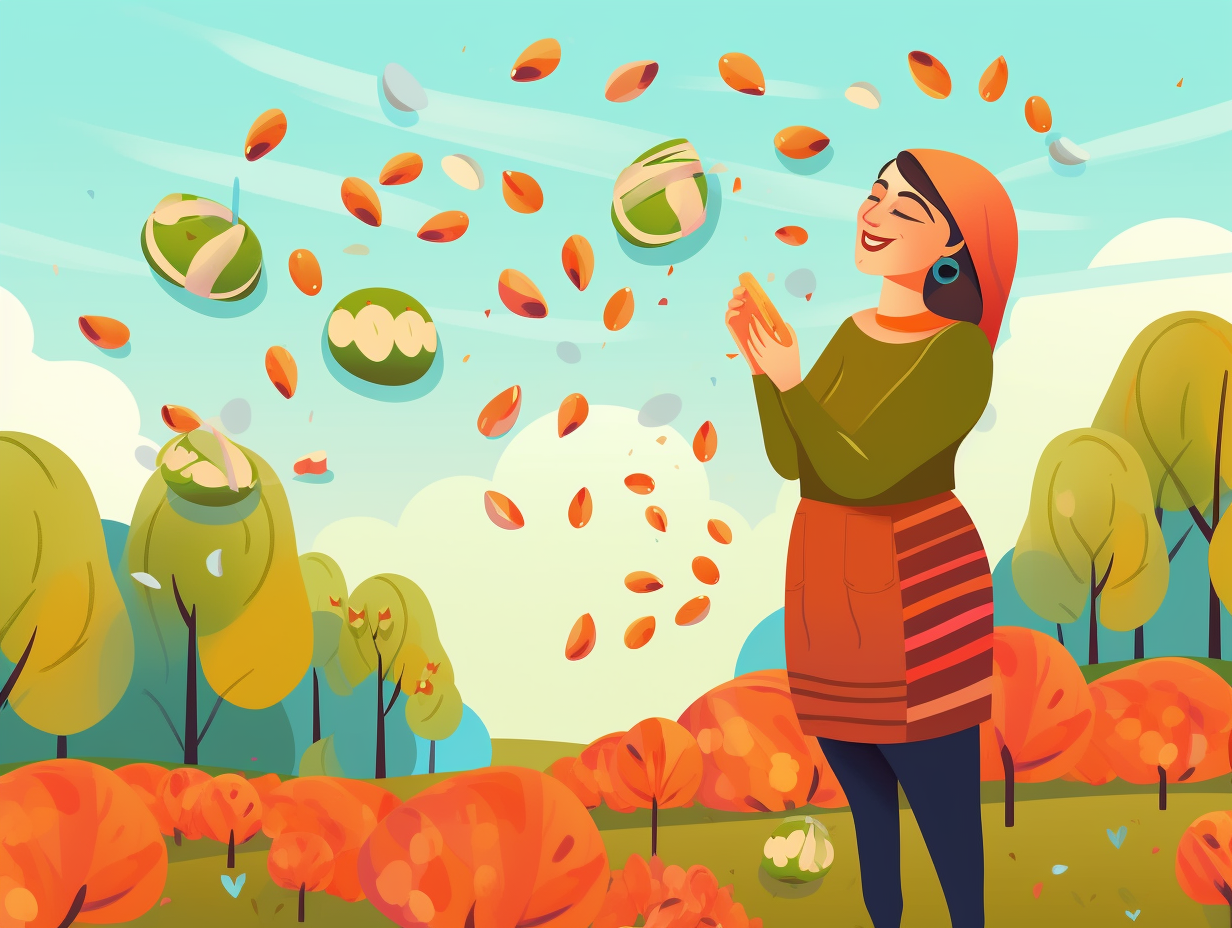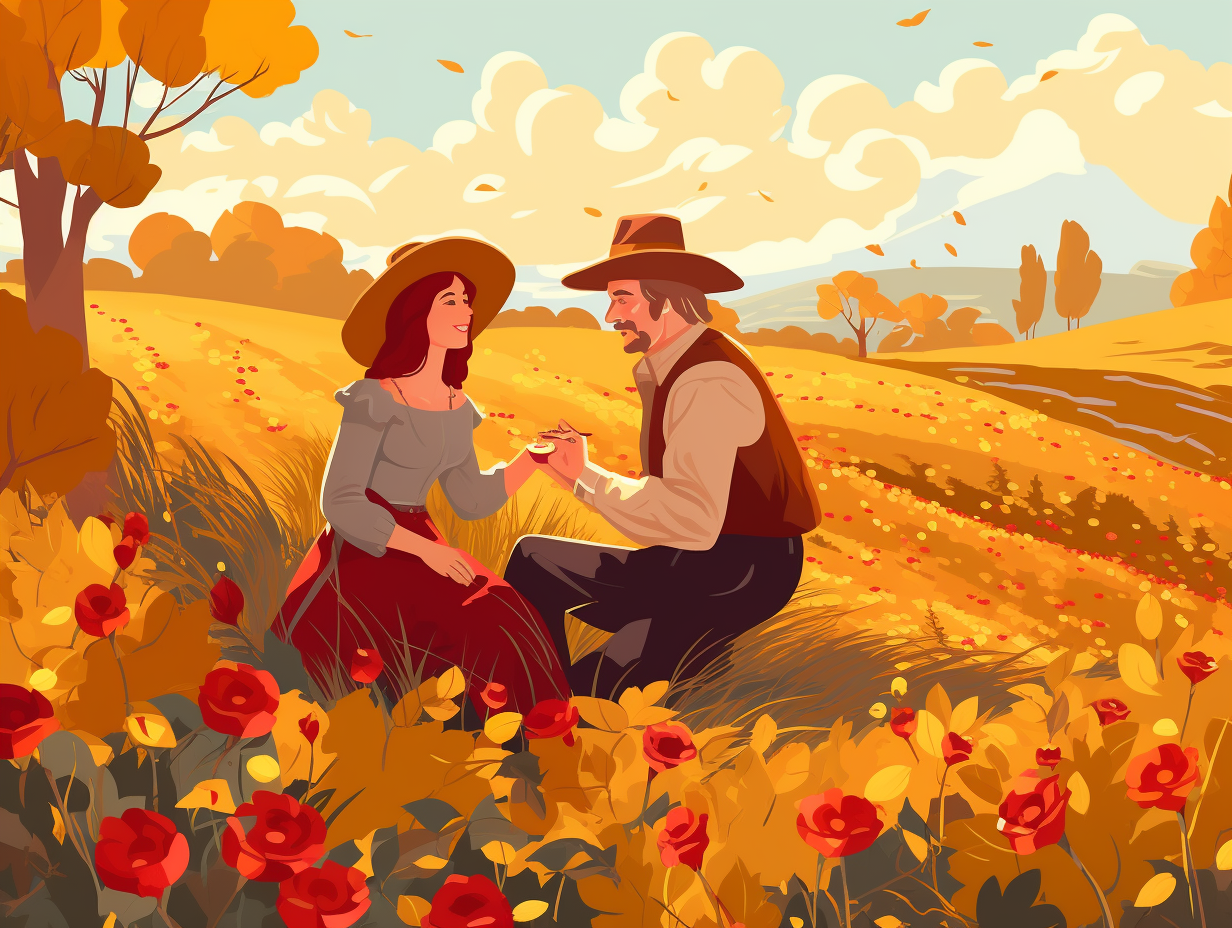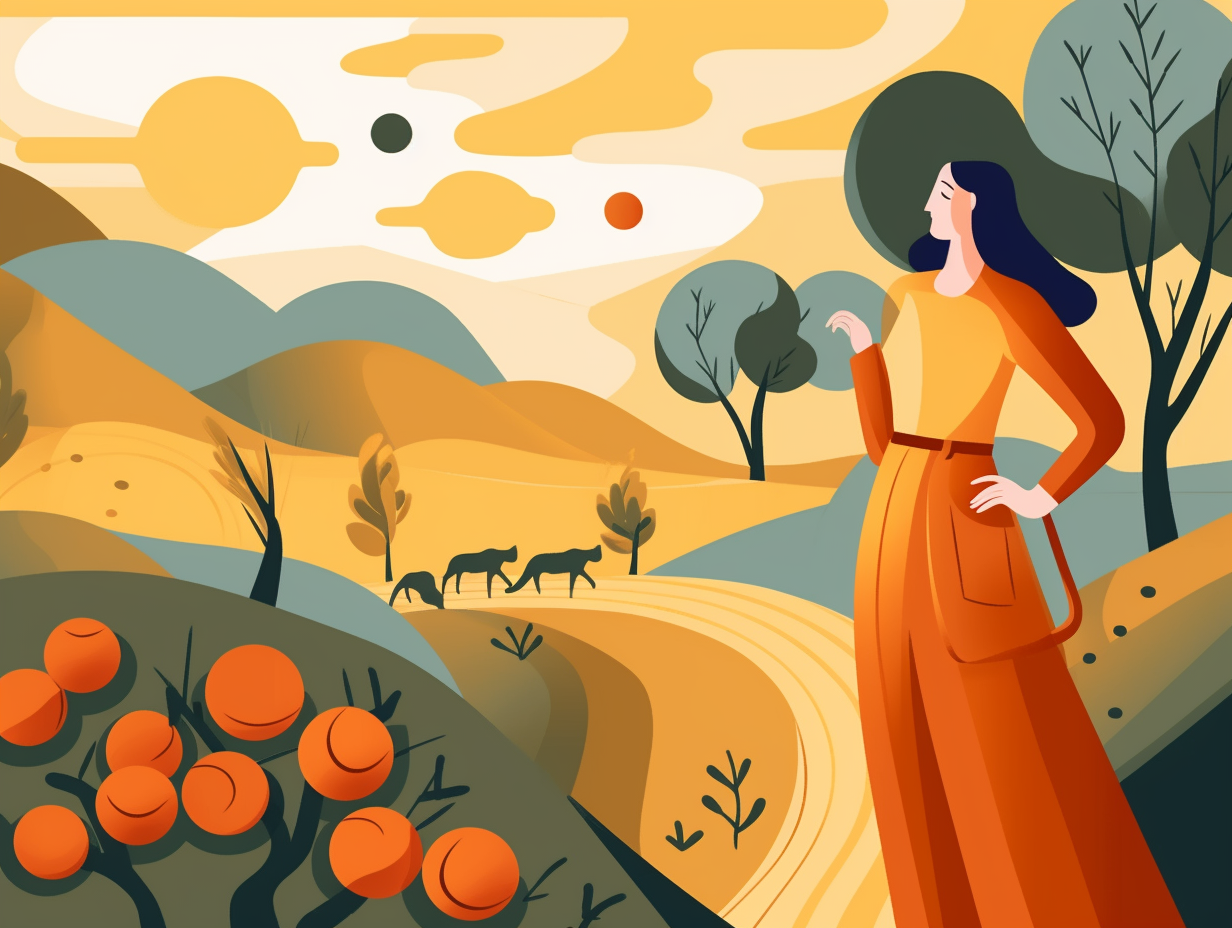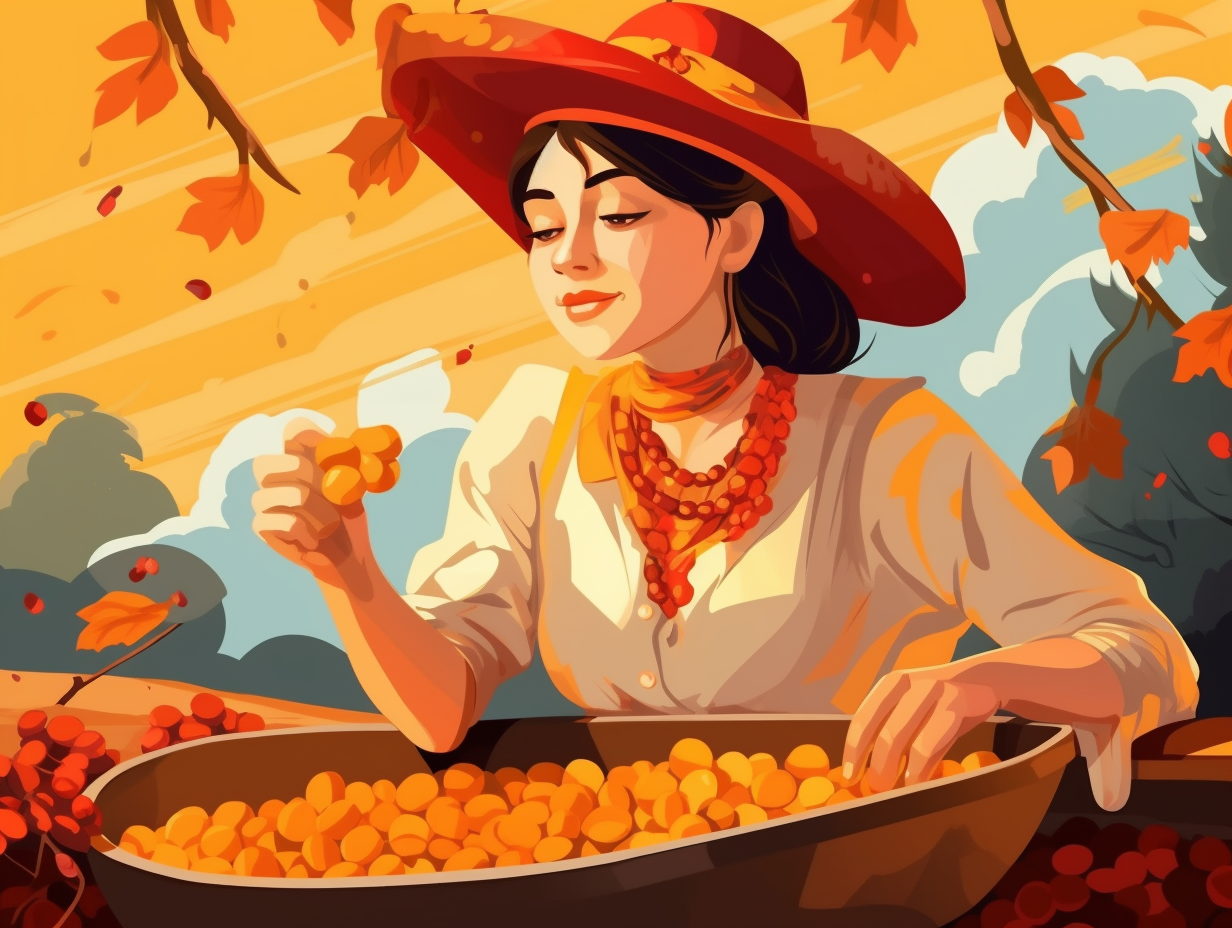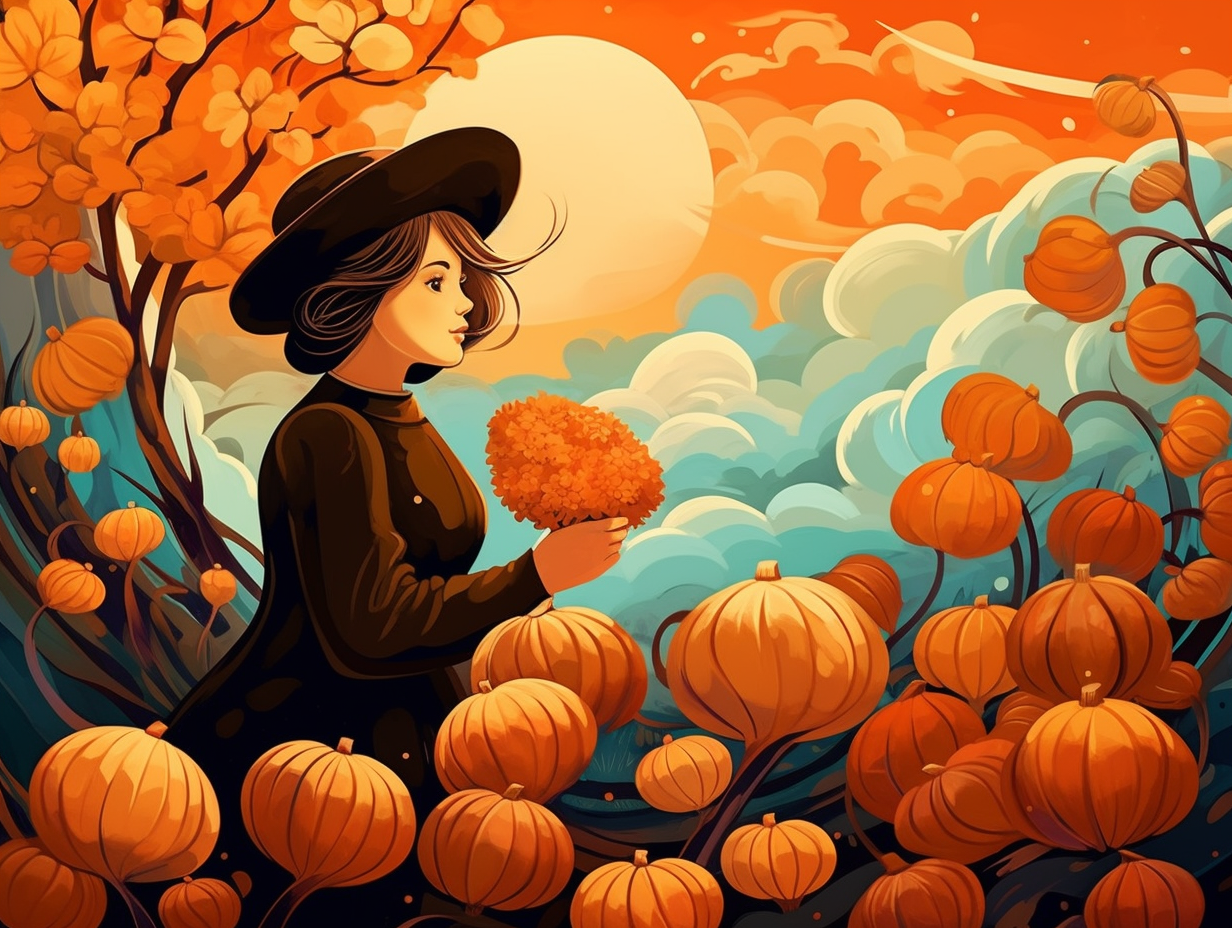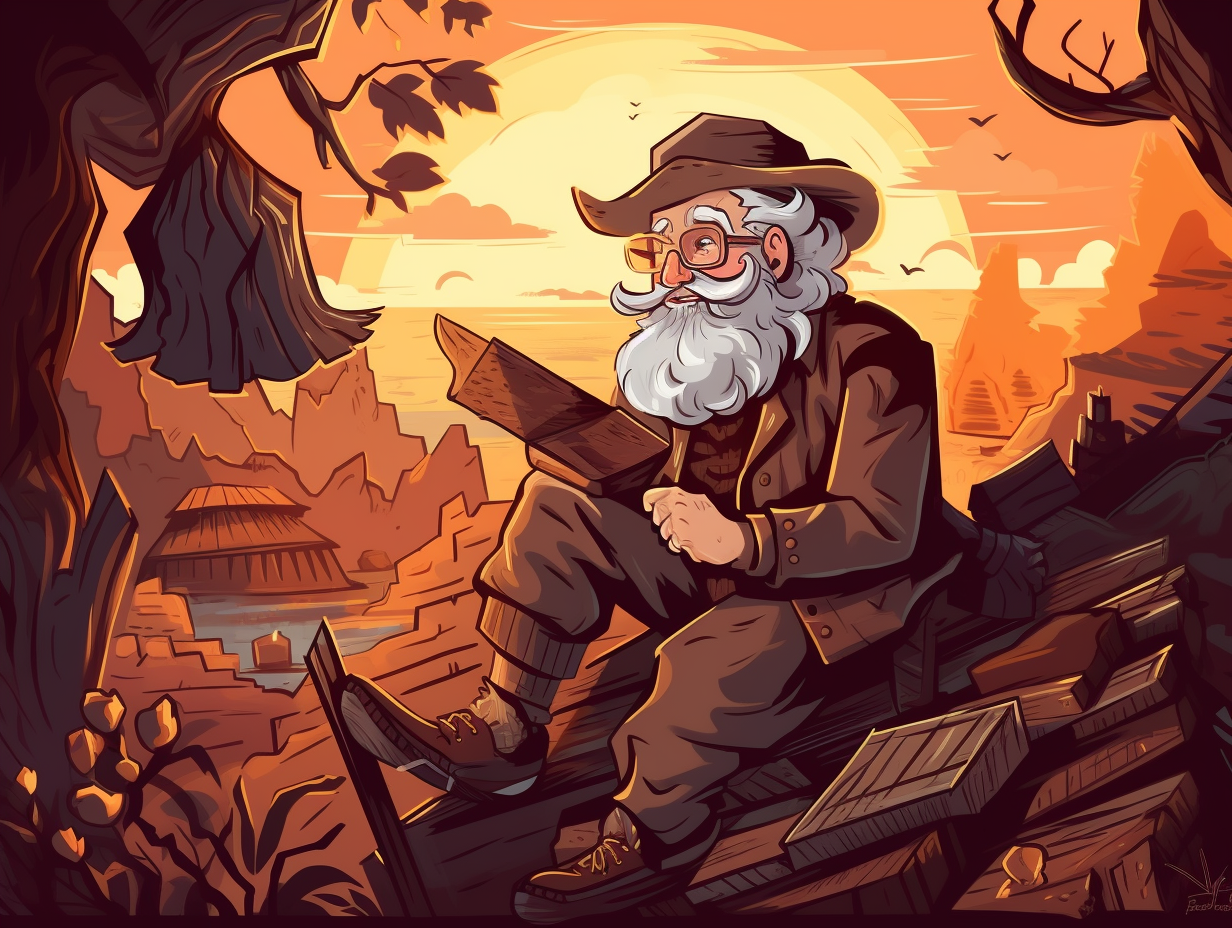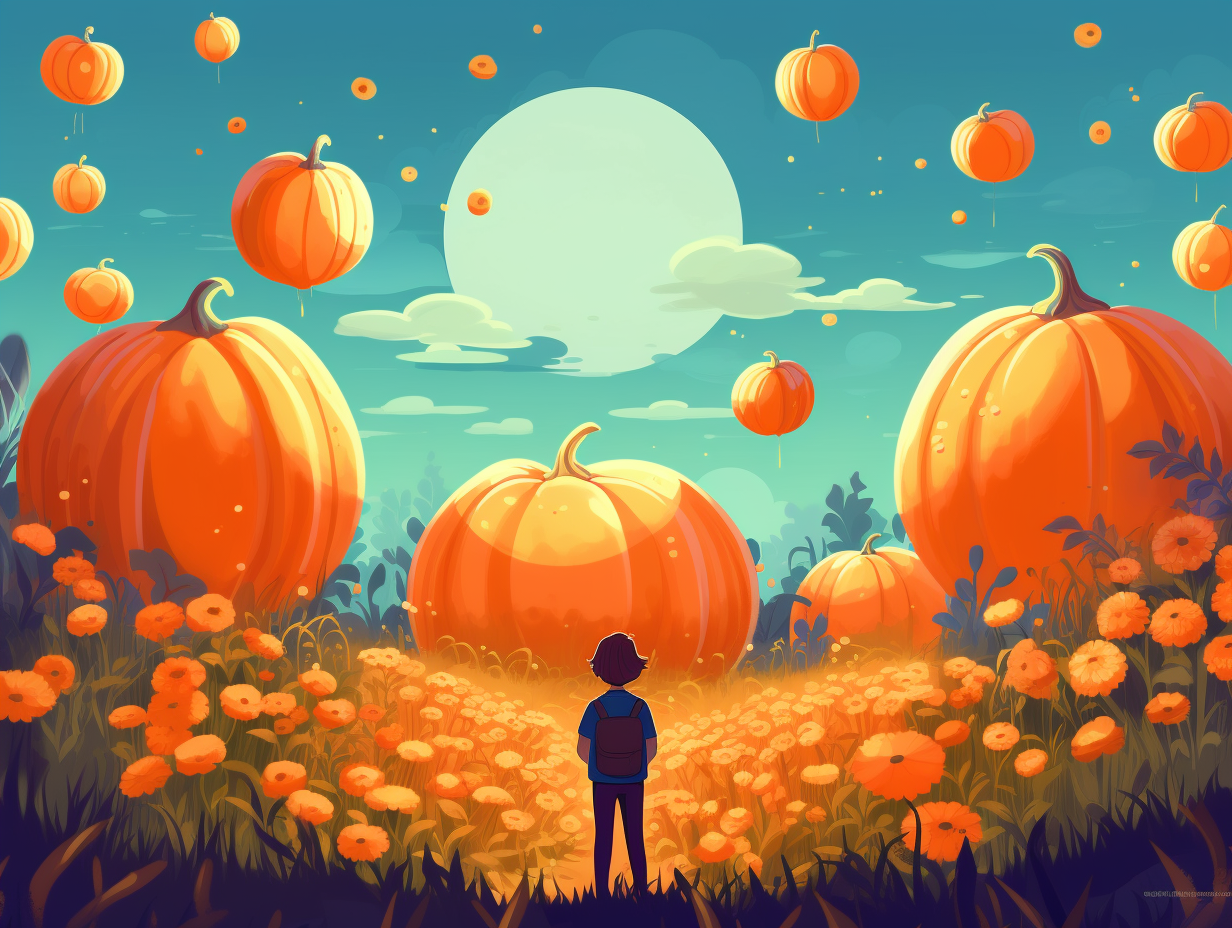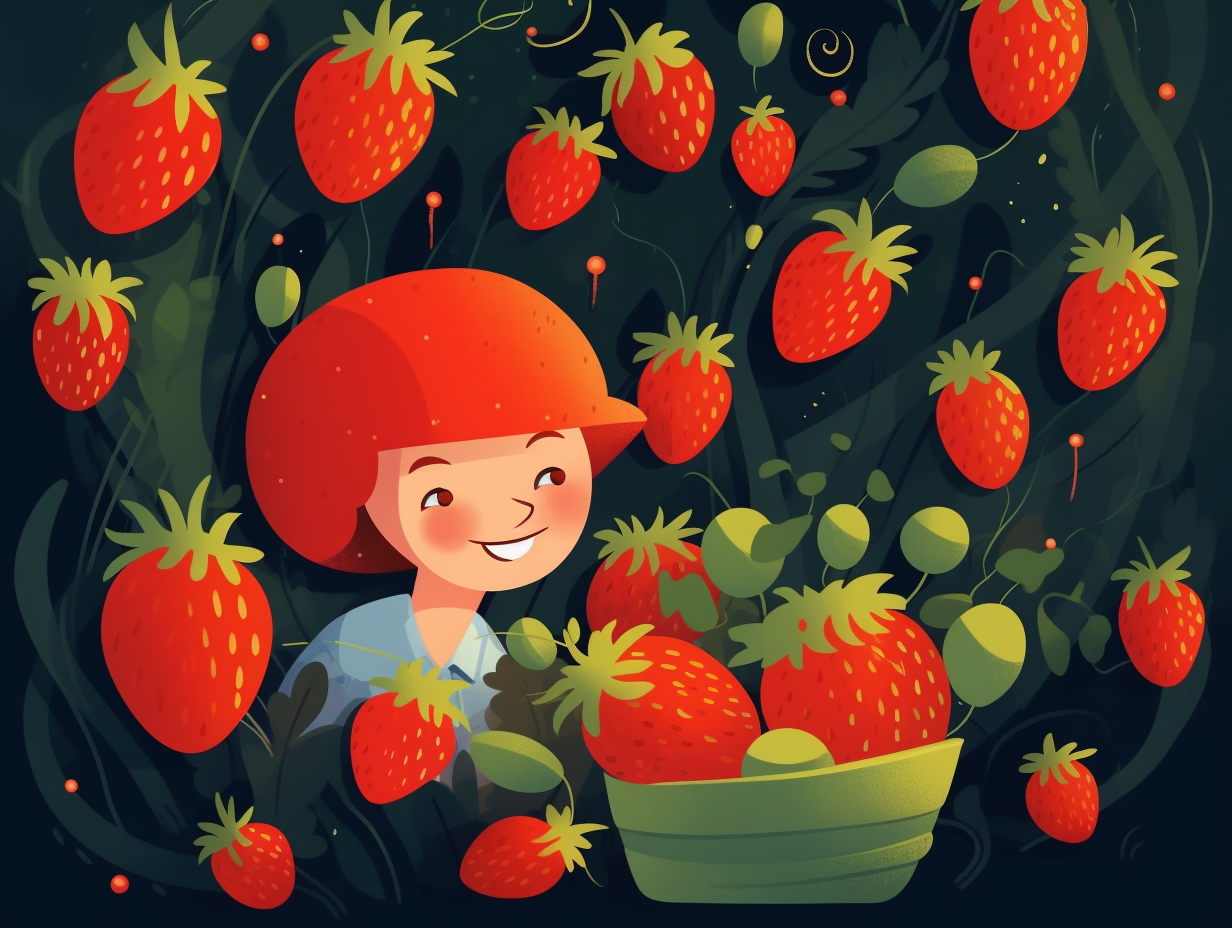Discover the Cheesy Goodness: Top 11 Fun Facts About Cheddar Cheese You Can't Miss

1. Annatto: Cheddar's Colorful Hero
Cows, raise your glasses to annatto – the unsung hero that saves Cheddar's blushes! Thanks to this tropical tree seed, not only does it keep your cheesy smiles bright and uniform, it also shields your milk-based mischief from seasonal color switcheroos: Annatto, a natural food coloring, has been used for centuries in cheddar cheese production to maintain consistent coloring, as changes in cow's diet might alter milk hues. Tillamook ensures the orange delight stays picture perfect with annatto, while offering those old-school, non-color enhanced white cheddar varieties for the purists.
Source => tillamook.com
2. Cave-aged Cheddar Wonders
Fancy a cheddar born in the womb of its very own cave? A secret batcave, if you will, but for cheese instead of superheroes: Wisconsin specializes in cave-aged cheeses, where the cool, humid conditions provide the ideal environment for cheddar perfection, producing delectable varieties such as Bleu Mont Bandaged Cheddar, LaClare Chandoka™, Roelli Red Rock Cheese, Carr Cave Aged Cheddar, and Meister Cheese Company Eagle Cave Reserve.
Source => wisconsincheese.com

Did you know a teenage short-order cook in the 1920s might have accidentally created the beloved cheeseburger at a Pasadena restaurant? Discover the tasty tale behind this culinary marvel! 🍔
=> Fun Facts about Cheeseburgers
3. The Orange Hue Mystery
Why did the cheddar turn orange, you ask? It wasn't sunbathing on a tropical vacation or trying a daring new makeup look: The signature orange hue of cheddar cheese comes from a natural food coloring called annatto, derived from seeds of the achiote tree. In the good ol' days, cows feasted on a beta-carotene rich diet that naturally tinted their milk, but modern cows are a bit too cool for that; so now, annatto steps in to give our cheddar its iconic and fashionable shade of orange.
Source => yummybazaar.com
4. Cheddar's Colorful Past
Who moved my cheese? Or rather, who dyed my cheese? The answer may surprise you: Cheddar cheese varies in color from white to deep orange, thanks to the addition of natural or artificial colorings like annatto, which originally signified high-quality cheese made from the milk of grass-fed cows during summer months versus the milk of grain-fed cows during winter months.
Source => en.wikipedia.org
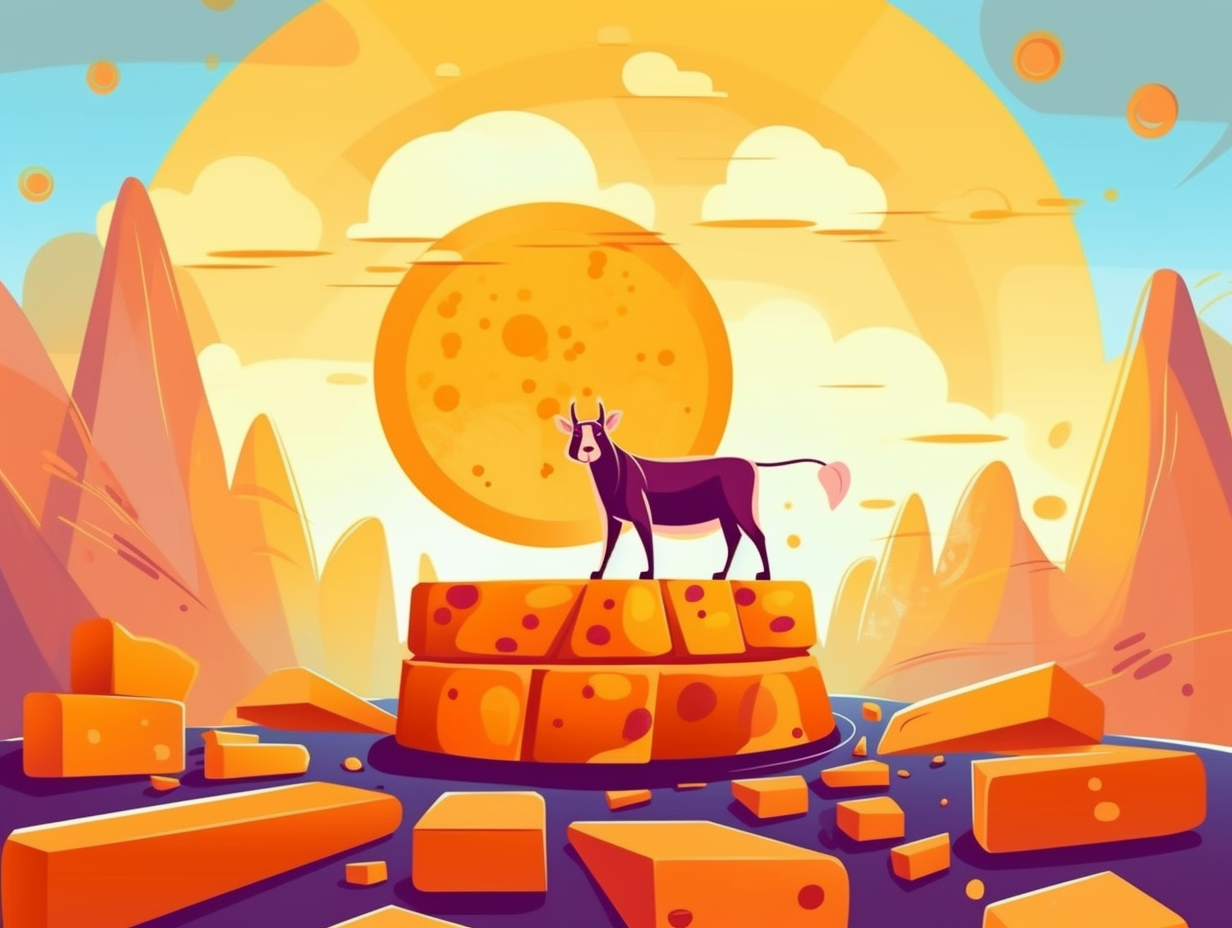
5. Cheddar Man's Cheesy Connection
What do cheese and skeletons have in common? Well, they both make a gouda tale of bones and brie – and Cheddar Man is here to prove it: This ancient skeleton, discovered in 1903 in Cheddar Gorge's Gough's Cave, unwittingly shares his eternal resting place with the very spot where cheddar cheese was historically made and stored. But fear not, there's no evidence of Cheddar Man moonlighting as a cheese connoisseur back in his day.
Source => nhm.ac.uk
6. White vs. Yellow Cheddar
Feeling blue about the yellow hue? Fret not, cheese aficionados, for not all cheddar is kissed by the sun: The golden tint of your favorite cheddar cheese is actually due to a natural plant-based coloring called annatto, which is added to yellow cheddar, while the classic New England cheddars, like Vermont's Cabot Cheddar, skip the dye and rock their au naturel white look. So next time you're slicing into a block of yellow cheddar, don't forget that it's not the cheese itself that wanted to be the life of the party!
Source => cabotcreamery.com
7. Cheddar's Flavorful Adventure
Lo and behold, cheddar cheese comes in 50 shades of flavor, adorning your taste buds with a thrilling variety only rivaled by Mr. Grey's... hobbies: Different locations, aging periods, milk types, and cheesemaker skills all contribute to the unique and tantalizing flavors exhibited by various cheddars, with true English farmhouse cheddar requiring at least 9 months of aging on the very same farm where it's made.
Source => thespruceeats.com
8. Crunchy Aged Cheddar Magic
Get a taste of Cheddar's secret snap, crackle, and pop: Aged cheddar cheese acquires a delightful crunchy texture due to calcium lactate crystals that form when calcium ions mingle with lactic acid, influenced by factors like moisture content and packaging.
Source => cheesescience.org
9. Wisconsin's Cheesy Victory
When Wisconsin and Canada battled for the cheesiest heavyweight title in town, the cheddar champion reigned supreme: Wisconsin's dairy meisters reclaimed their cheesy throne in 2018 with a massive cheeseboard featuring 145 varieties, including a staggering 2,064-pound block of cheddar, accounting for nearly half of the cheeseboard's total weight.
Source => postcrescent.com
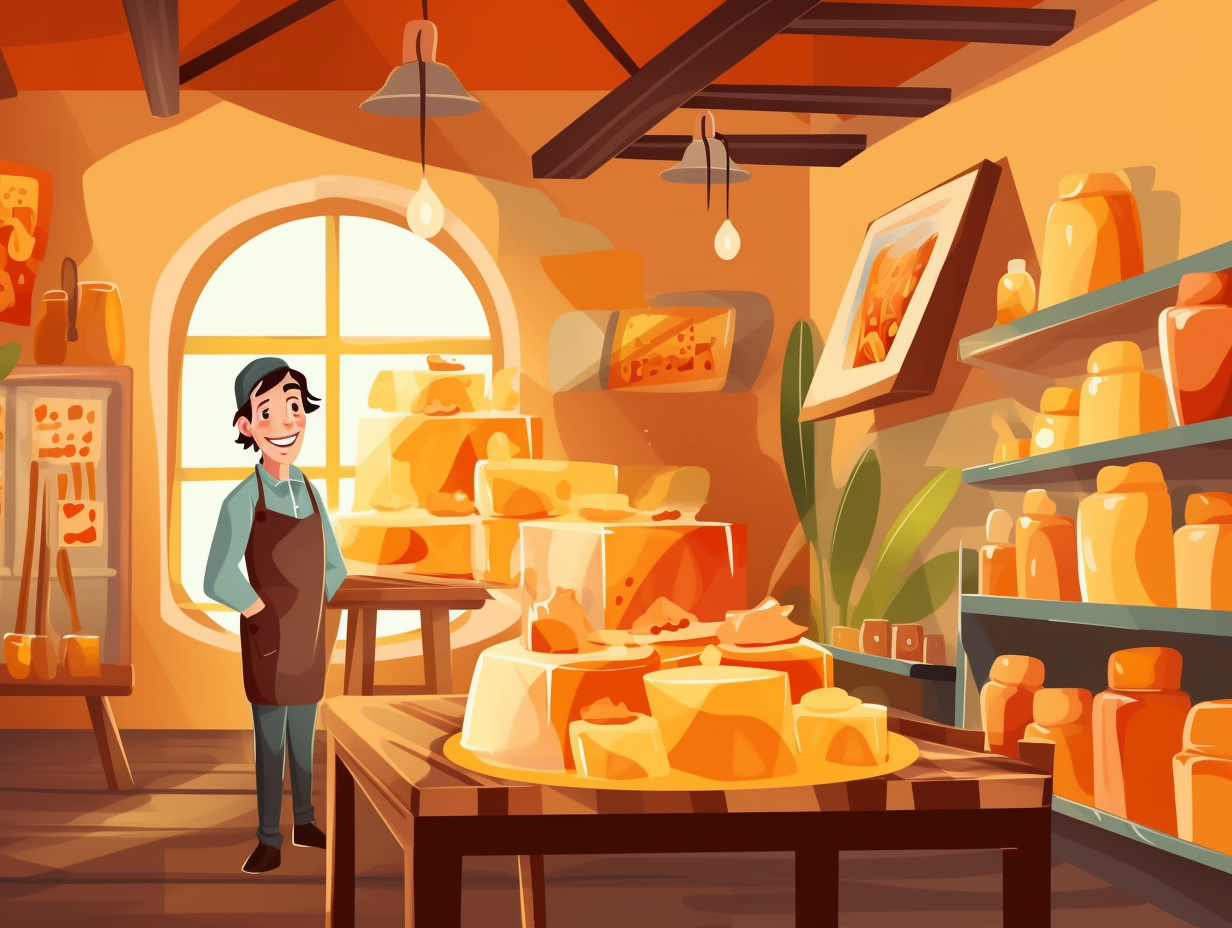
10. Aging Cheddar's Flavor Transformation
Debate on our cheddar mates: whether they mellow with age or lose their sharp wit as they turn earthy and nutty like an old hermit signing autographs on oak trees: Cheddar cheese ranges in age from 1 month to 10 years, with younger variants offering a soft, creamy texture and mild taste, while longer-aged ones harden and boast robust, tangy flavors with nutty and earthy notes.
Source => yummybazaar.com
11. DIY Cheese-Cave for Cheddar Lovers
Are you a cheese-lover with a penchant for preposterous predicaments? You may just be a "cave dweller" poised for the 21st century: it turns out that Cheddar cheese can, in fact, be aged in a cheese cave or a regular refrigerator using a simple hygrometer to measure humidity, all while developing a delectable rind that will leave your palate positively pleased!
Source => cheesemaking.com
Related Fun Facts




